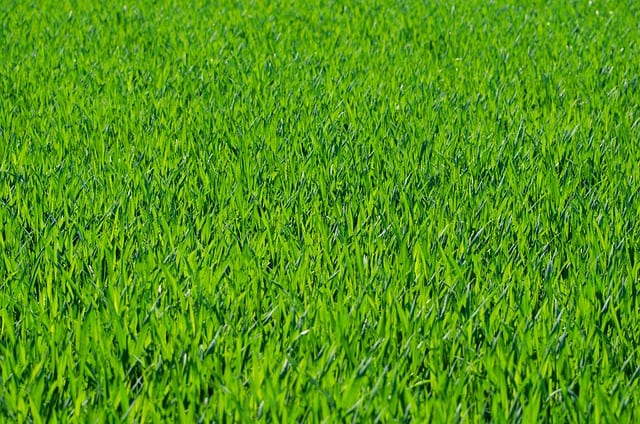Installing sod on a hill or slope can be a bit trickier than installing it on level ground, but with the right approach, you can achieve beautiful results.
In this post, we will walk you through the process of installing sod on a hill or slope, including what you need to know before you start, the tools and materials you will need, and step-by-step instructions for installing the sod.
Before you start laying sod on a hill or slope
Before you begin installing sod on a hill or slope, there are a few things you should consider:
- Slope: The first thing to consider is the slope of the area where you will be installing the sod. If the slope is too steep, it may be difficult to install the sod and keep it in place. Generally, a slope of less than 15 degrees is considered suitable for sod installation.
- Drainage: Make sure that the area has good drainage. If the slope is too steep or the soil is too clay-like, water may not drain properly and this can cause erosion over time.
- Soil: The soil on the slope should be well-draining, with a pH between 6 and 7. If the soil is too acidic or alkaline, the sod may not take root properly.
- Sun: Make sure the area gets enough sun. Sod needs a lot of sunlight to thrive, so if the area is shaded, you may want to consider planting grass seed instead.
- Weather: Make sure to install the sod during a cool, cloudy day. Sod will dry out quickly if installed on a sunny, hot day.
Tools and materials for laying sod on a hill or slope
To install sod on a hill or slope, you will need the following tools and materials:
- Sod: Purchase enough sod to cover the area you will be working on. The sod should be fresh and healthy.
- Landscape fabric: This is a permeable fabric that will help prevent erosion and keep the sod in place.
- Soil amendment: You will need a soil amendment such as topsoil or compost to add to the slope before you lay the sod.
- Rake: You will need a rake to level the soil and prepare it for the sod.
- Measuring tape: Use a measuring tape to measure the area you will be working on.
- Stakes and twine: You will need stakes and twine to hold the landscape fabric in place.
- Shovel: A shovel is needed to move soil around.
- Wheelbarrow: A wheelbarrow is needed to move soil and sod around.
- Trowel: A trowel is needed to make sure the sod is pressed down securely and to make sure that there are no gaps between the sod pieces.
The process of laying sod on a slope or hill
Here are the basic steps for installing sod on a slope or hill:
- Determine the slope: Measure the slope of the area where you will be installing the sod. If the slope is too steep, it may be difficult to install the sod and keep it in place. Generally, a slope of less than 15 degrees is considered suitable for sod installation.
- Prepare the soil: Remove any existing grass, weeds, or debris from the area where you will be installing the sod. Next, use a rake to level the soil and remove any rocks or debris. If the soil is too clay-like, you may need to add a soil amendment such as topsoil or compost to improve drainage.
- Lay landscape fabric: Lay a permeable landscape fabric on top of the soil, staking it in place to prevent it from moving during the installation.
- Cut the sod: Cut the sod to fit the area you will be working on. Make sure to overlap the edges of the sod to create a seamless look.
- Lay the sod: Begin at the bottom of the slope and work your way up. Make sure to press the sod down securely and fill any gaps between the sod pieces.
- Secure the sod: Once the sod is installed, use a sod roller or a weighted roller to press it down, ensuring that it makes good contact with the soil and that there are no air pockets.
- Water the sod: Water the sod thoroughly after it is installed. This will help the sod root more quickly and make it less likely to dry out.
- Maintain the sod: Keep the sod well-watered and fertilized for the first few weeks after installation. It’s important to keep the soil consistently moist during the first few weeks until the roots have a chance to establish.
After the sod has rooted and established, you can begin mowing it. Start mowing when the grass reaches a height of about 3″.
Summary
By following these steps, you can successfully install sod on a hill or slope. Keep in mind that it’s important to choose a suitable grass variety for the slope, and also take into consideration the drainage and soil conditions in the area.
Once the sod is laid, be sure to water it well and keep it moist. The last thing you want is to let it dry out and have to replace parts of it.


